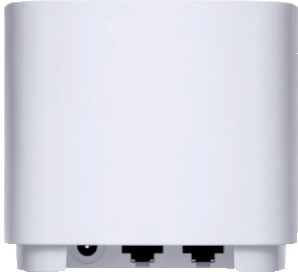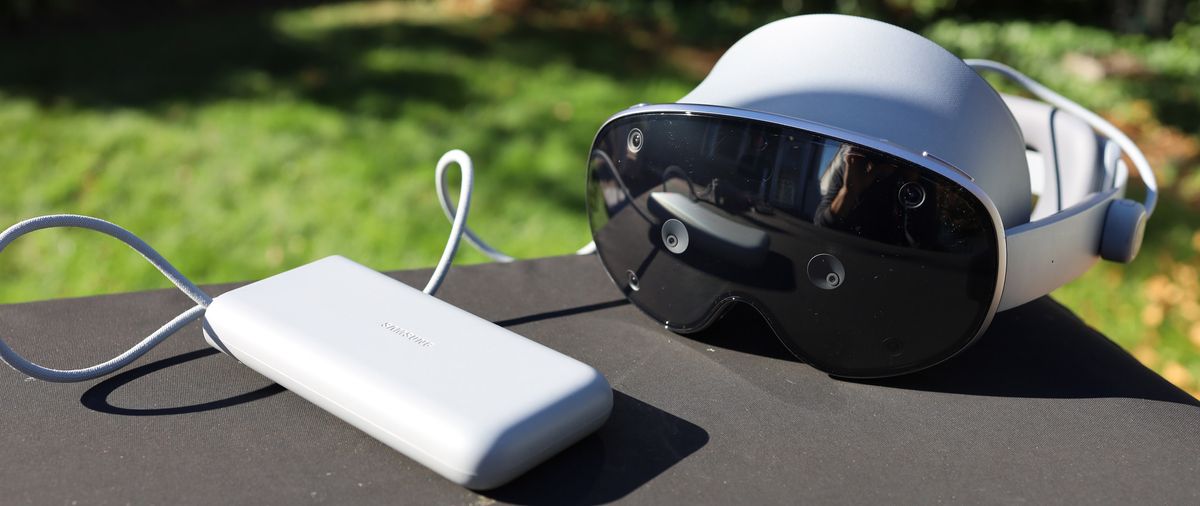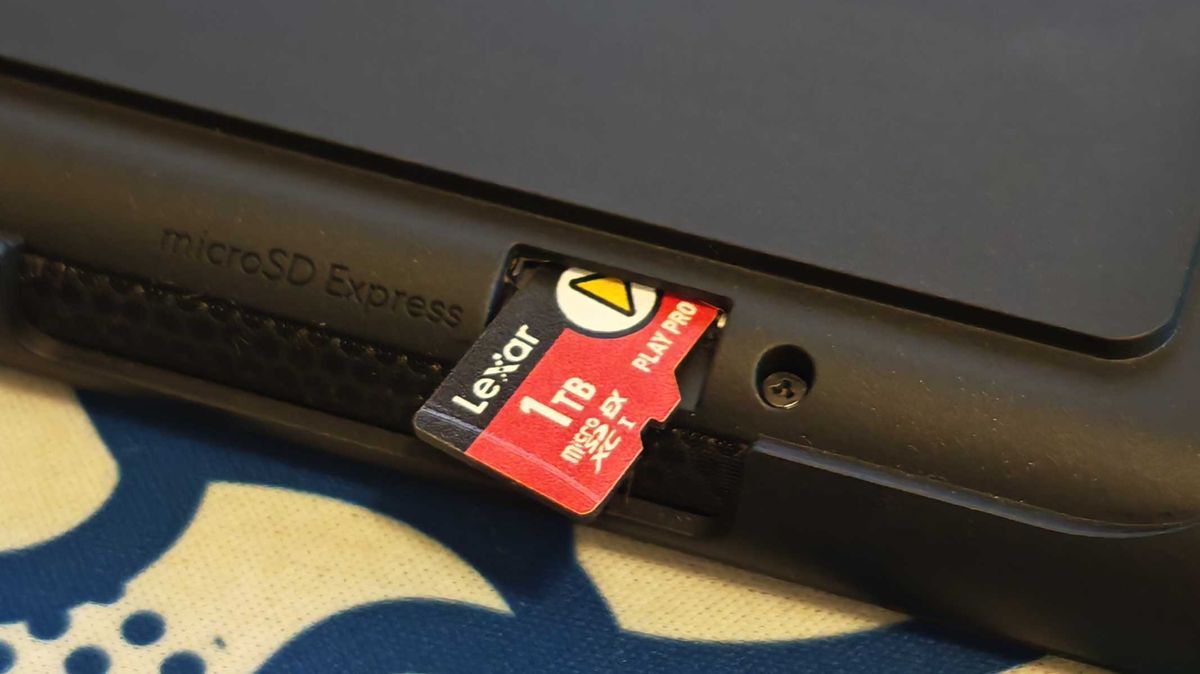This review first appeared in issue 349 of PC Pro.
Where TP-Link’s Deco XE200 opposite takes a maximalist approach, the Asus ZenWiFi XD5 goes in the other direction. Rather than the fastest possible performance, it offers a decent Wi-Fi 6 network at an attractive price, via two or three boxy little stations that are small enough to hide away around your home.
That’s not to say the XD5 units are unpleasant to look at. The rounded cuboid design is clean and modern, with a subtle spiral pattern on top. The base of each station houses a multicolored status LED, although this can’t be seen from all angles as it’s unhelpfully tucked away below the main body.
Internally, the XD5 is a simple dual-band mesh, with a single 5GHz radio connection for both client and backhaul communications. It’s rated at a reasonable 2.4Gbits/sec, however, with 2x2 MIMO and support for 160MHz channels, so there’s a decent amount of bandwidth on hand. The 2.4GHz radio is rated at 574Mbits/sec, which should be fine for the types of device that still use the slower band.
I set up one station in the study of my home and the other in the adjoining bedroom. Asus suggests that two XD5 units will cover an area of up to 325m2, while adding a third extends claimed coverage to 465m2 – although performance will naturally depend on the layout and build of your home.

With my units in place, I took a laptop to various locations around the house, copied a selection of files to and from a NAS appliance connected to the primary XD5 unit via Ethernet, and measured the effective speeds. Despite the XD5’s small size and modest hardware, two stations proved ample to provide strong, consistent performance all around my home, with download rates between 34 and 40MB/sec. That’s nowhere near the speeds you’ll see from the most expensive meshes, but more than enough to handle Zoom calls, Disney Plus, web browsing and whatever else you’re likely to want to do, whether you’re relaxing on the sofa or running a business from home.
On the software side of things there’s no compromise at all: the ZenWiFi XD5 system uses the same full-fat firmware as found on Asus’ most expensive meshes and routers, with management via either the Asus Router mobile app or the traditional web portal. The two interfaces are completely different, which can be a little disorienting if you hop back and forth between them, but they’re both clear and accessible, considering the range of settings and features on offer. Those include not only extensive control over the basic configuration of your network, but a whole slew of advanced features, such as extensive traffic-management and QoS options, plus a configurable built-in firewall.
As if that weren’t enough, the XD5 also offers per-device parental controls, with customizable web filtering for kids’ devices, plus network security scanning powered by Trend Micro. These tools are all free to use forever – a great bonus, as most competing meshes demand an annual fee to fully unlock such capabilities.

Finally, it’s always good to see Asus’ trademark VPN module. As well as permitting secure inbound connections over the internet, this lets you configure up to 16 third-party outbound VPN servers and bind each one to any number of MAC addresses – enabling you to route your traffic all over the world, if you so desire.
The only thing that’s notably missing is USB support. Older, chunkier ZenWiFi models offered the ability to share USB storage devices and printers over the network, and even to plug in a 4G or 5G mobile internet adapter should your main broadband line go down. The smaller XD5 units don’t have USB ports, so all that’s off the table.

It’s also worth mentioning that each ZenWiFi unit has only two Ethernet sockets, both limited to gigabit speeds. It’s a serviceable minimum, but if your network uses a mixture of wireless and wired connections you might prefer a mesh with a few more ports, and perhaps a multi-gigabit option. While the ZenWiFi XD5 is reasonably priced, there are certainly cheaper mesh options. The Huawei Mesh 3 can currently be had for £180 inc VAT, while the Mercusys Halo H80X costs only £135 for three units, or £95 for two. That’s an excellent deal, as the Mercusys mesh provides overall similar performance to the ZenWiFi XD5, with an extra boost for same-room connections. However, it’s a far more basic system, with none of the XD5’s sophisticated software features.
If you want more hands-on control, then, the Asus ZenWiFi XD5 is one of the most appealing meshes around. It doesn’t max out the performance of Wi-Fi 6, but it’s speedy enough that very few people will need to pay more – and its sheer versatility and configurability put cheaper systems to shame.









 English (US) ·
English (US) ·